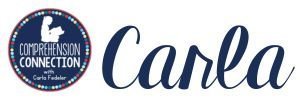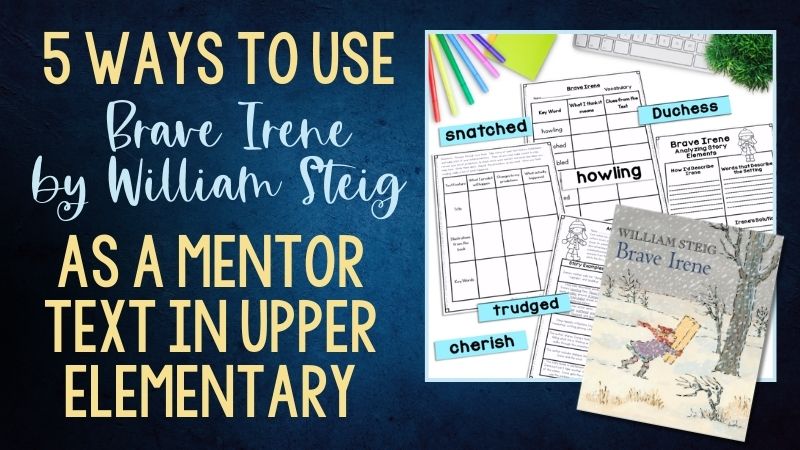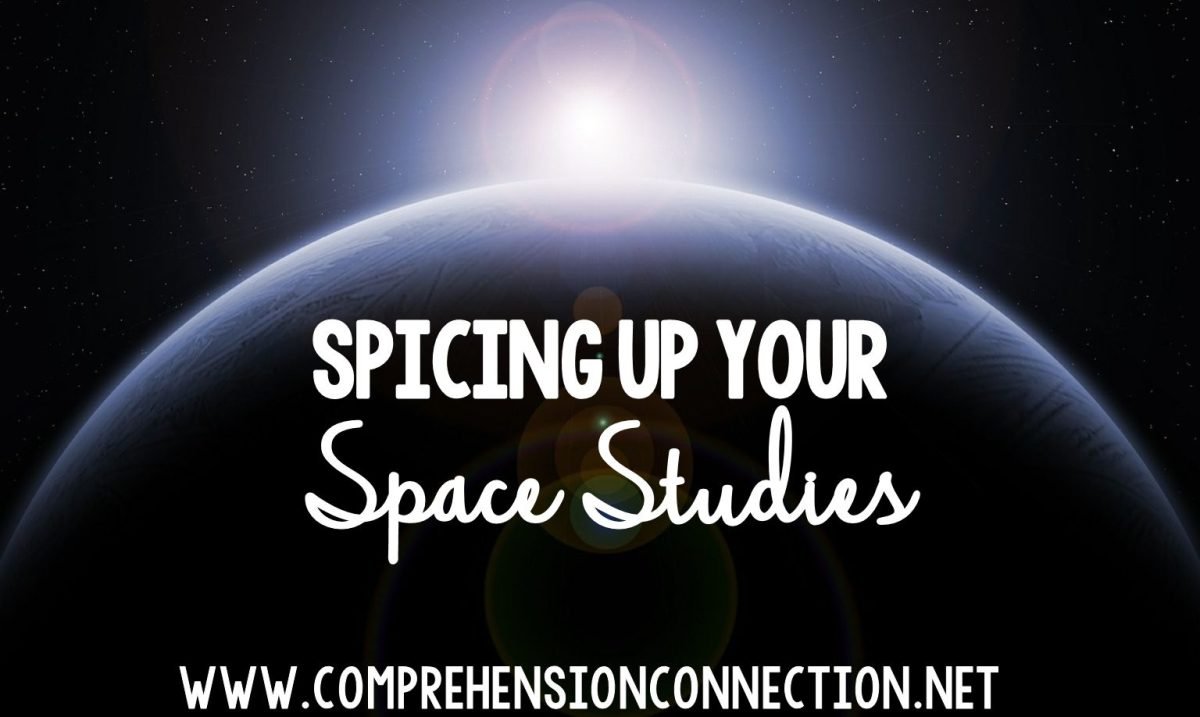
Syllable juncture? What does it mean? Your students are fluent readers, and they’re writing in paragraphs. They understand spelling patterns, but they’re using but confusing those patterns in multiple syllable words. If this describes your reality, then guess what? You are teaching students at the Syllable Juncture Spelling Stage. Congratulations! You are in the right space, and I hope you’ll read on to check out what you’re in for this year.
Description of Syllable Juncture
This stage is all about expanding reading stamina and interests as well as building strategies. Like the previous stages, the goal is to build the student’s decoding tools for automaticity in reading. Students at this stage have a deep sight vocabulary, and their fluency is coming along. They are able to read silently, and many of them prefer it to oral reading. Word study for the intermediate level focuses on these key ingredients:
- SPELLING KNOWLEDGE
- VOCABULARY, AND
- STRATEGIES FOR FIGURING OUT NEW WORDS
The Teaching Routine for syllable juncture students
At this stage, the teacher will want to keep the students actively involved in the word study process through oral think aloud and manipulation of the words. It’s also very important that the teacher refer back always to previous learning. This happens by being familiar with the patterns taught at the letter name and within word stages in order to point them out and discuss them within multisyllabic words. In addition to the spiral review, we also need lots and lots of repetitions when we’re working with the words. (repeated sorts and increased speed) Finally, instruction *does* need to follow a sequential order based upon the students performance on screenings.
What is studied at the syllable juncture stage?
Suggestions for Feature Instruction
The syllable juncture stage starts with adding inflections to words to create two syllables as well as compound words. We also begin introducing what syllables are and the types of junctures or dividing points we see. We talk to our kids about open and closed syllables. I love the website, Reading Rockets, and you will find THIS ARTICLE very helpful with the six syllable types.
As you work through this stage’s features, you will find it helpful for students to talk about the types of syllables they see in words AND how some parts contribute the meaning of the word. As your students are reading, one great strategy to practice is to “chop the ending”. Have your students practice segmenting syllables and even reading single syllable nonsense words which we see very often in multisyllabic words. With this in mind, we start with adding inflections. Here are the features you’ll want to include.
syllable juncture Feature K-Adding Inflections and Compound Words
Feature K (if you follow Word Journeys) focuses on doubling and e-drop with “ed” and “ing”. Doubling and e-drop need attention in the case of endings (ed, ing, ly). Students need to be able to identify base words or root words readily and examine the vowel patterns in them in order to make decisions about doubling (i.e. mop is the base of mopped, that mope is the base of moped). With words ending in e, the letter drops off of the baseword ONLY when the suffix being added begins with a vowel (ed and ing).
Sample sorts for this feature include these options:
- –ed inflected forms on the basis of sound (ex: walked “t”, handed “ed”, combed “d”)
- Words ending in –ing or –ed into two groups on the basis of whether they double or not (ex: reading, sailing, hopping, skipping). Sort by vowel sound or number of vowels in middle.
- Short vowel words that end in a single consonant versus a consonant pair (ex: pad / cast, sit / wish, fit / find). Sort their inflected forms fitting and finding.
- Root words that end in E and Y with inflected forms (make/making, cry/crying/cried). Compare with other vowel forms (look, mail).
- Root words that end in a plural form. Begin by comparing root words that end in consonant/e, sh/ch, and ss/s (horns/dishes/ gases).
- Words that add S and ES to form plural words versus words that the Y is changed to I and then add ES (writers, classes/flies, ladies)
- Plural words that end in S versus possessives words that end with apostrophe S (girls/girl’s).
- Plural possessives versus singular possessives (cars’/ car’s).
- Prefixes are units of meaning that are attached to the beginning of a root word.
- Suffixes are units of meaning that are attached to the end of a root word.
syllable juncture Feature L: Other Syllable Juncture Doubling
In Feature L, it’s all about syllables. We learn how doubling works with the study of open and closed syllables. Students will sort words that fit the following patterns:
- V/CV – first syllable open and long (pilot, table)
- VC/CV – first syllable closed and short (pillow, tablet)
Students learn that when first vowel is short and closed in by a consonant, the consonant doubles to keep the vowel sound short. When the first vowel is long and ends with a vowel, it is an open syllable, so the consonant at the juncture is not doubled.
syllable juncture Feature M: Long Vowel Patterns in the Stressed Syllable
Stressed syllables come up with Feature M. This is the perfect time to review the long vowel (CVCE, CVVC, CVCC patterns) as they appear in our words. Sorts are determined by where the stress falls and how the vowel sounds. Here are example sorts:
- First syllable stressed and Long (VCCV: zebra/VCV: fever)
- First syllable stressed and Short : (ladder, humble)
- Second syllable stressed and Long (away, agree, today)
syllable juncture Feature N: R-Controlled Patterns in the Stressed Syllable
Working with stressed syllables continues with feature N, but instead of working with long and short vowels, the focus becomes r controlled vowels. The patterns are a bit more complex with endings such as are, air, eer, and ear. Students learn to recognize by sound and through frequency. R-controlled vowels continue to be difficult for students to decipher between because of their same sound nature, so working on both visual and auditory processing is important. Highlighting, boxing, or color coding the endings may be beneficial.
COMMON SORTS FOR THIS FEATURE:
- ar| are| air, -harvest, declare, chairman, parent
- ar|air|ar- margin, dairy, baron, cherry
- er|short ear|long ear|er- thermos, early, weary, heron, severe
- ir|ire- thirsty, desire
- or|ore|ur|ure- forest, ignore, purple, secure, courthouse
syllable juncture Feature O: Unstressed Syllable Vowel Patterns
The final feature of this stage is working with unstressed syllables. Many students have difficulty identifying the stressed syllable, so this feature, like the last, could get really noisy! To begin, you’ll examine words with final unstressed syllables in which sound offers no clue to the spelling. For example, does the word end with consonant le or consonant al or consonant el?
It’s tough because they all sound the same, right? Again…we focus on the visual sorting process to determine which is most common. I love using dry erase markers and boards to work on this. Students write words using all three options and see if they can pick the correct one. Often their eyes are trained to know because they’ve seen the words in books they’ve read or in print.
COMMON SORTS:
- LE vs EL ( table and label)
- CLE vs. CKEL vs. CIL (uncle, nickel, pencil)
- AR, ER, OR (lunar, faster, doctor)
Keeping Organized for syllable juncture instruction
As with other word study stages, the organization is very similar. Students will keep their word study materials organized in a composition notebook with a pocket in the front for sort storage. Throughout the year, they will record their words in the notebooks with writing sorts, color coding, usage activities, etc. Once students seem to have mastered a rule/pattern, you’ll have your students glue them into the notebooks or discard them. Then, you’ll move on to a new pattern.
Scheduling Word Study for syllable juncture students
One challenge that seems to come up on my campus is the schedule. There are so many things battling for time, and one way to eliminate the crunch is to run simultaneous groups. Recently, I discovered this option, and I think it will make a huge difference. So here’s what it would look like:
THE WEEKLY SCHEDULE BREAKDOWN
- Mondays-Introduce the rules during the guided reading time and use the word study time for a whole group reading lesson.
- Tuesday-All have been introduced to the words, but firm understanding may not be in place. This is a great day to partner sort and discuss the patterns. If you group your students by their word study need, then you should be able to conference with the groups to see that all are on track. Mix the words and repeat with a bit more speed.
- Wednesday-Now, students are getting the hang of things, so this is a great time to increase the speed. You might “Beat the Clock” , race a partner, or do a timed sort.
- Thursday-Students are more familiar with the words now, so doing a no peek sort, writing sort, or gluing the words in the word study notebook fit.
- Friday-Assessment day. If students need additional time, you can always find replacement words in the Words Their Way book or Word Journeys.
I hope this gives you a little window into what word study looks like and how it works. Of course, there are differing viewpoints on how word study should be taught. My background comes from the University of Virginia, so you may have learned other teaching methods. Regardless, I think we all can agree that teaching patterns in single and multisyllabic words is extremely important for all readers. Thanks for reading, and I hope you’ll drop in again soon. If you’re looking for activities to try out, here are a few fun freebies from other TPT friends.
Again, thanks for joining me. If you liked the information, feel free to pin it for later!

Other Word Study Posts:
- Getting Started with Word Study: Explains how to get started with assessment and grouping.
- Emergent Reader: Shares how kindergarten teachers can use the sorting process with concept sorts, font sort, and picture sorts to build understanding.
- Letter Name Speller: This post includes the letter name features, teaching ideas, and look fors.
- Within Word Speller: Students at this stage are working on long vowel words, r contolled words, and words with complex consonants. The post includes the features included, activity ideas, and other relevant points.
- Derivational Relations Teaching Ideas: At this level, students are working to grow vocabulary. Students at this stage are typically in fifth grade and up.






















